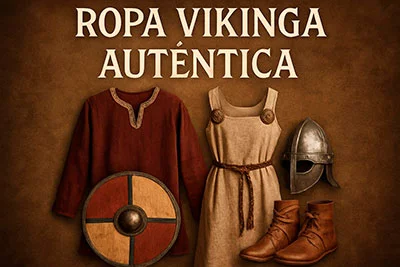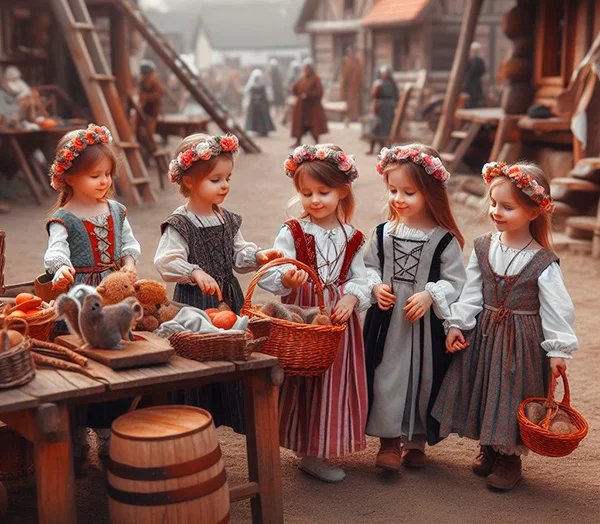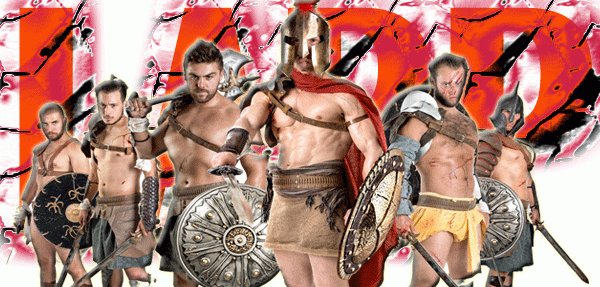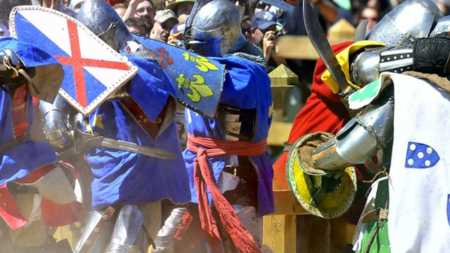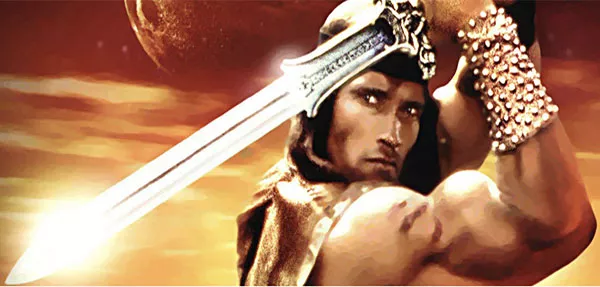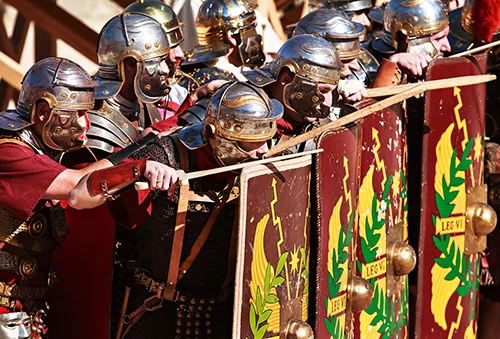What is a Gabán?
The gabán is an iconic piece of men's fashion, primarily recognized for its ability to provide warmth and for its historical evolution over the centuries. From its origins to its place in contemporary fashion, the gabán has undergone various transformations that have allowed it to adapt to different regions and cultures, remaining a symbolic garment both in literature and traditional attire.
Definition and Main Characteristics
The gabán stands out as a long outer garment, usually reaching the knee or below. It is made from thick wool or other sturdy fabrics, making it a reliable ally against the cold. Its classic design includes a straight cut, wide lapels, and a large collar that can be buttoned up to the top for extra protection. In its modern version, this garment may feature luxurious details such as sophisticated linings and high-quality buttons, or even fur collars that give it a touch of elegance.

Origin and Historical Evolution
The term gabán has its roots in the classical Arabic qabā', which means a hooded cloak. This garment has a rich history in the Iberian Peninsula, documented since the 14th century. Originally, it was a loose piece, ankle-length, designed with sleeves and a hood, especially useful for shepherds and peasants battling the cold and rain, and mainly made of sayal, a coarse wool.
As the centuries progressed, the gabán adapted to urban needs and tastes, assuming more sophisticated variations in fabric and design. During the 15th and 16th centuries, some versions featured wide sleeves or side openings, ideal for riding, reflecting a transition toward more fitted and elegant forms in city contexts.
The Gabán in Latin America
In many regions of Latin America, the gabán retained its original appearance or was blended with native garments such as the poncho, the jorongo, and the serape. It is a garment deeply rooted in popular culture, particularly in Mexico, where it is synonymous with warmth and an essential part of traditional clothing. It is mainly made from wool or cotton, but there are also examples made from linen or silk.
Cultural Meaning and Present Day
Beyond its functionality, the gabán has acquired cultural significance, symbolizing rusticity, resilience, and masculine elegance. In literature and popular art, especially in Spanish and Latin American works, the gabán has been frequently depicted, such as in the work of Juan Rulfo or in the iconic image of Chavela Vargas wearing one. Today, this garment remains an essential element in men's fashion, both in formal and casual winter settings, conveying timeless elegance.

Differences from Other Overcoats
The gabán differs from other similar garments, such as the raincoat, for several reasons. Its thickness and superior warmth, its more structured and traditional design, and its strong cultural connection to protection against cold notably distinguish it from other garments that focus more on waterproofing than insulation.

